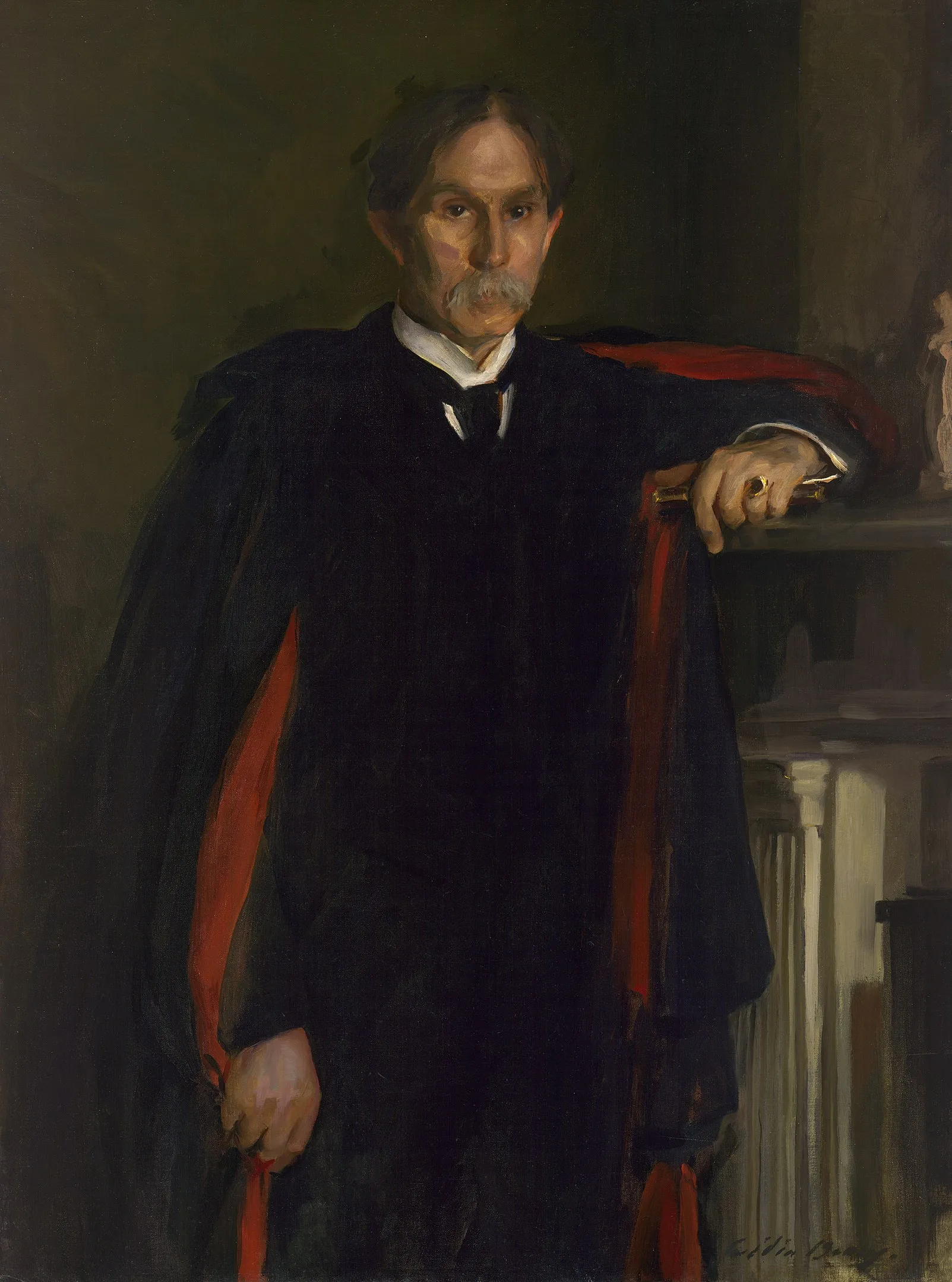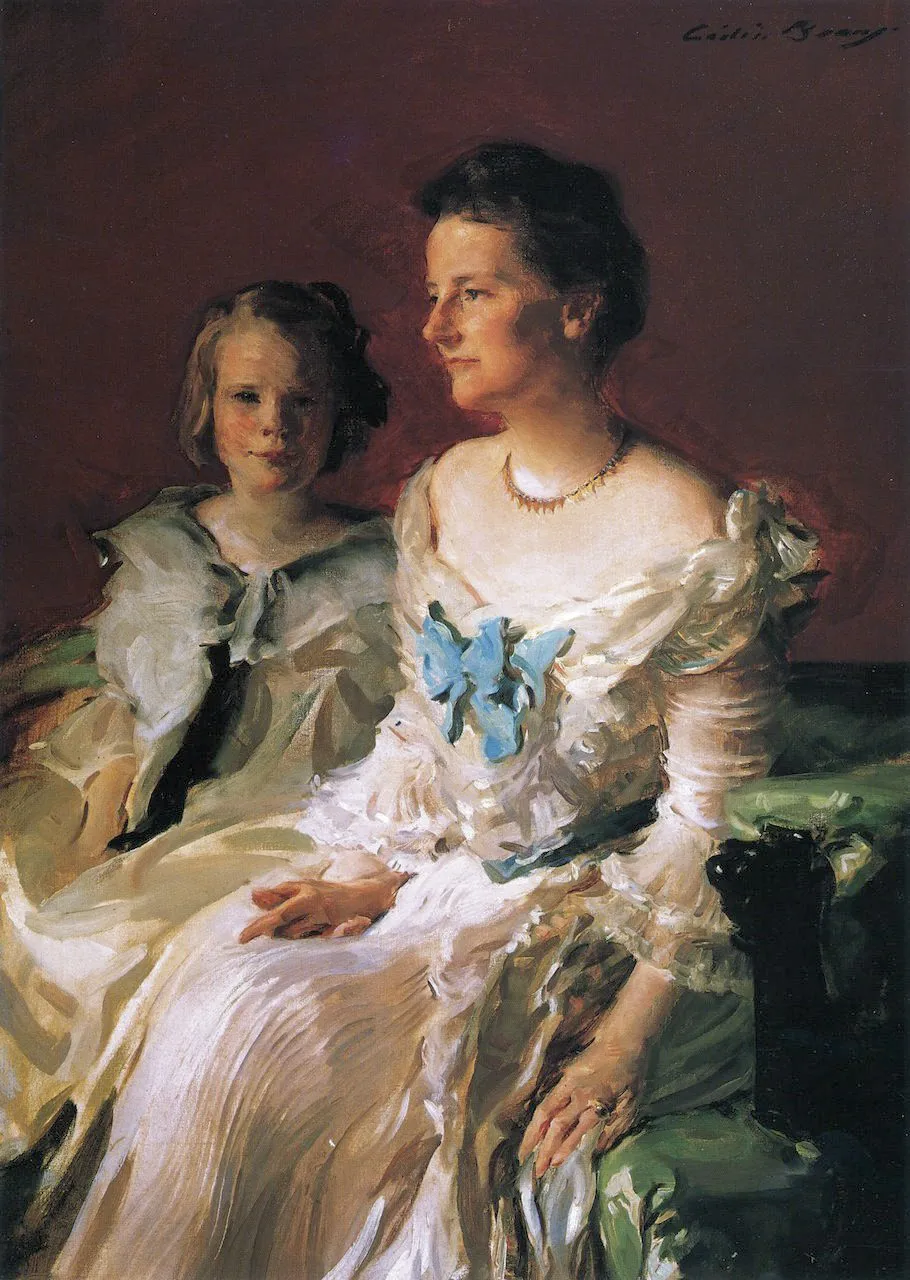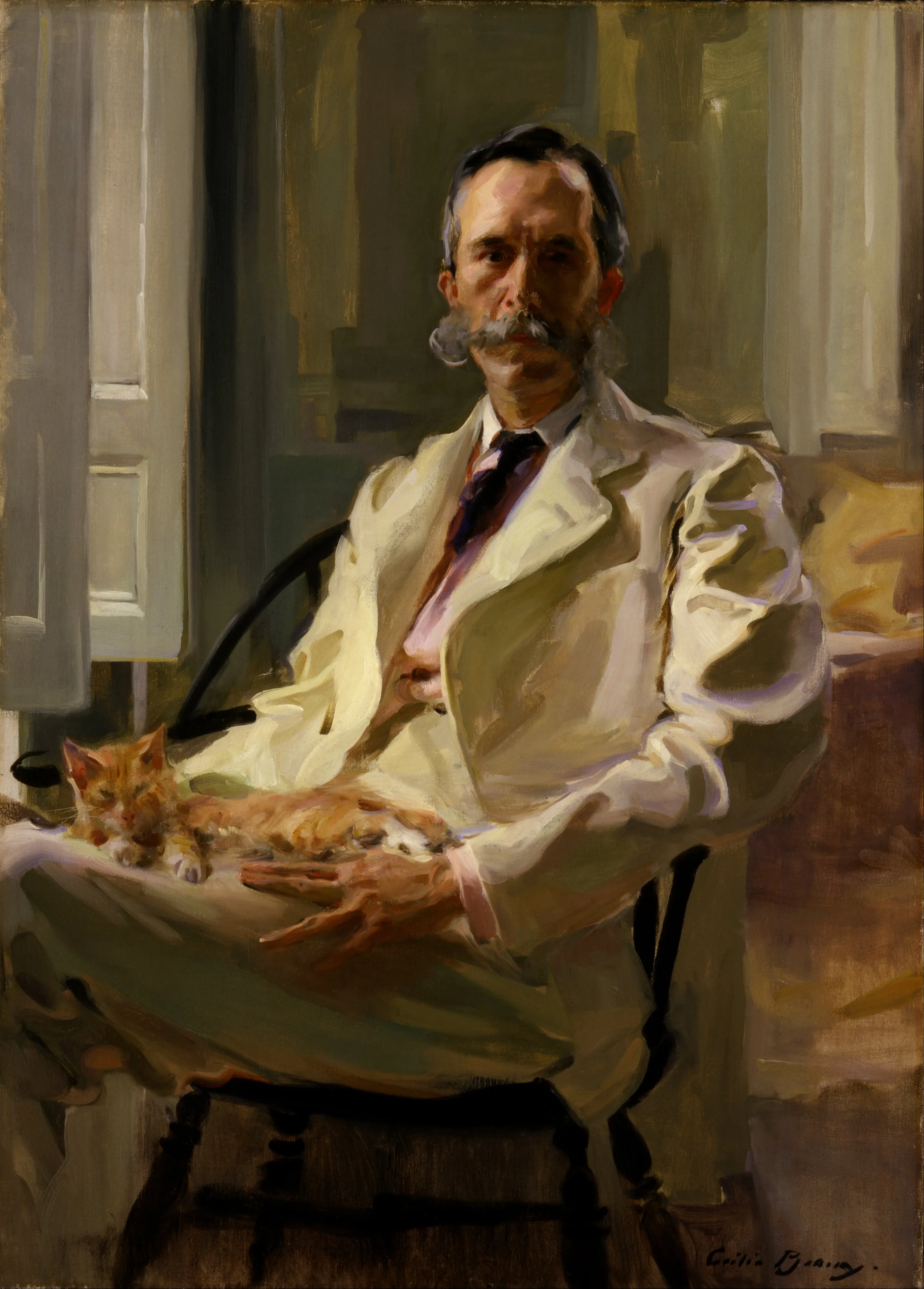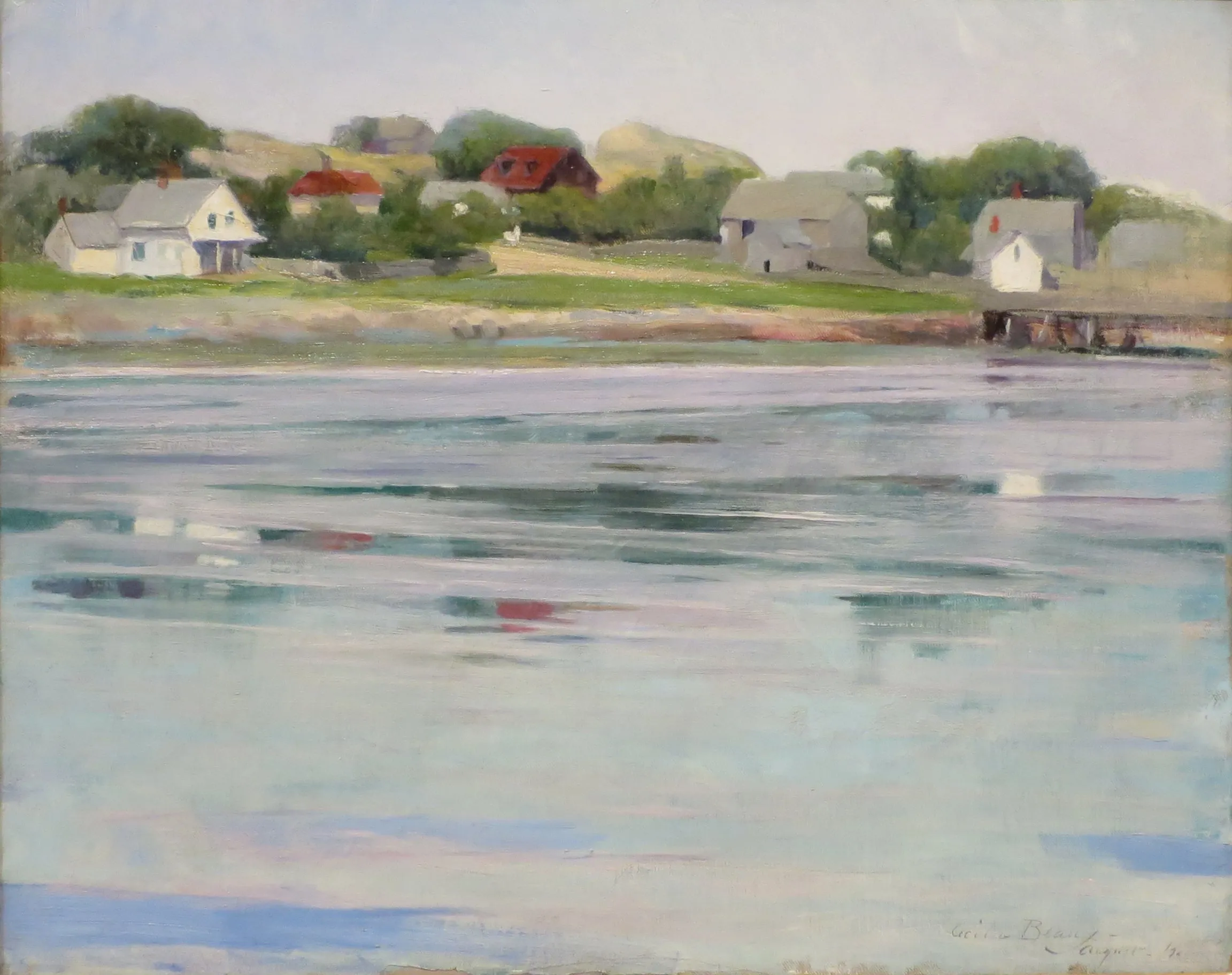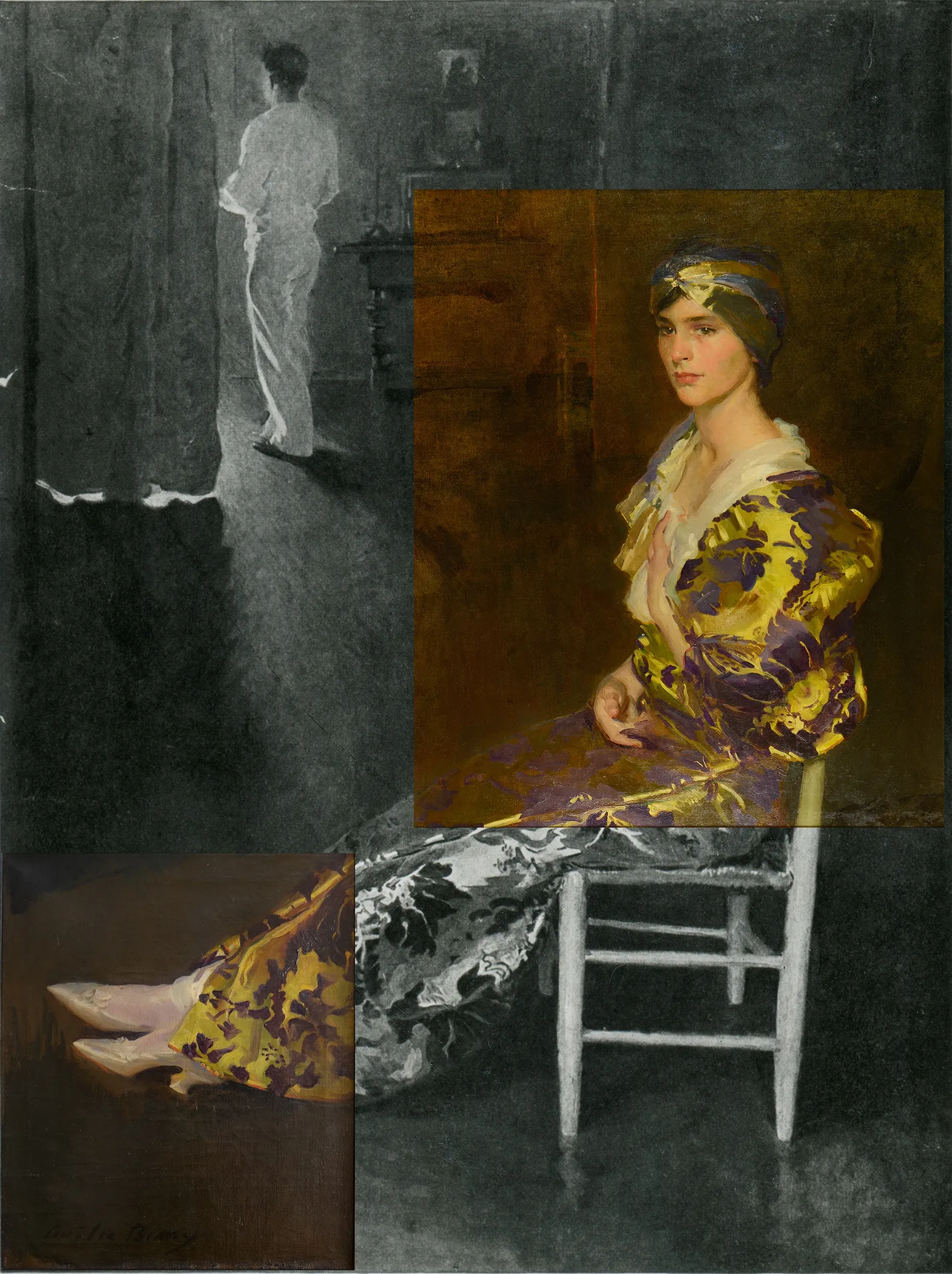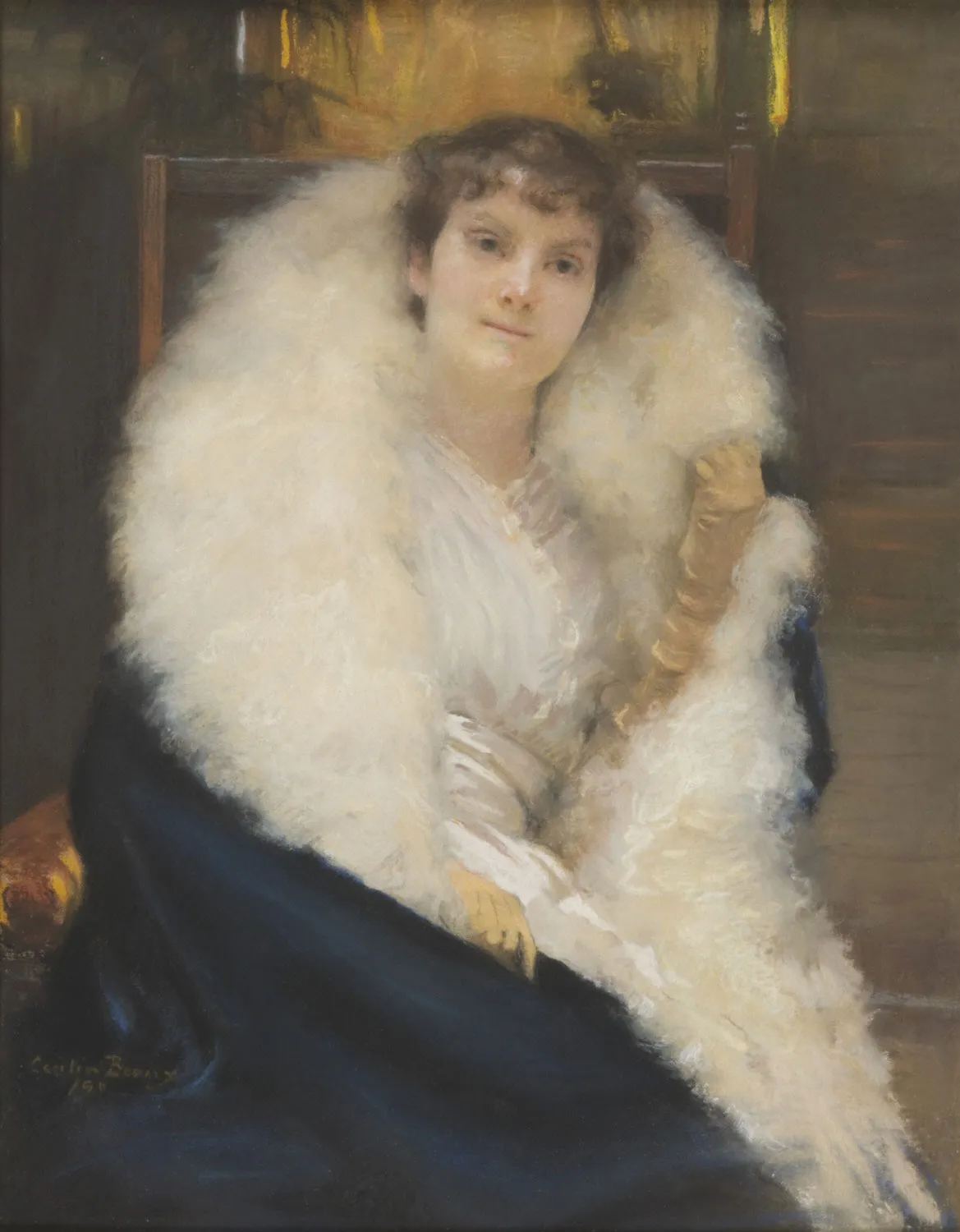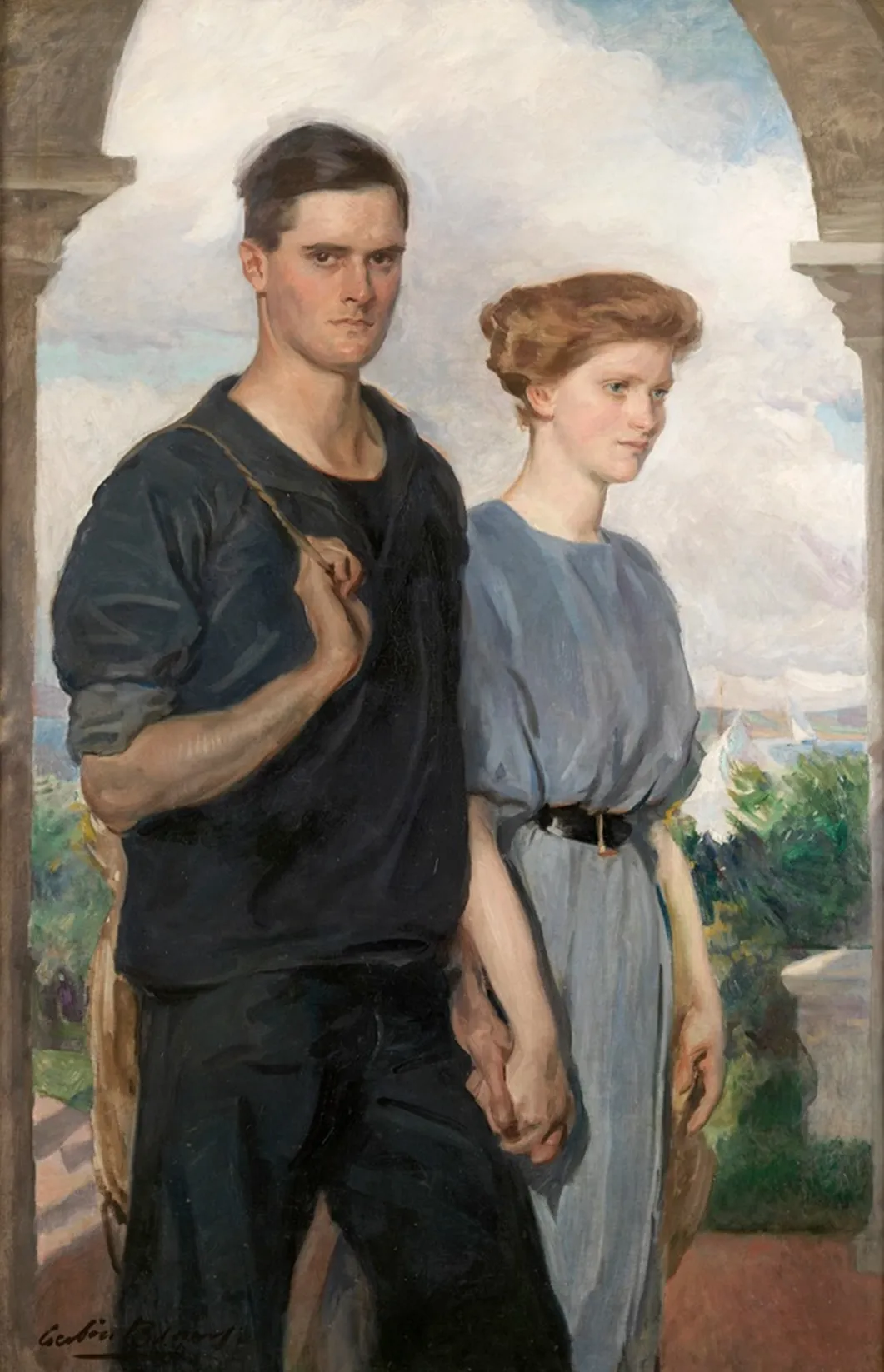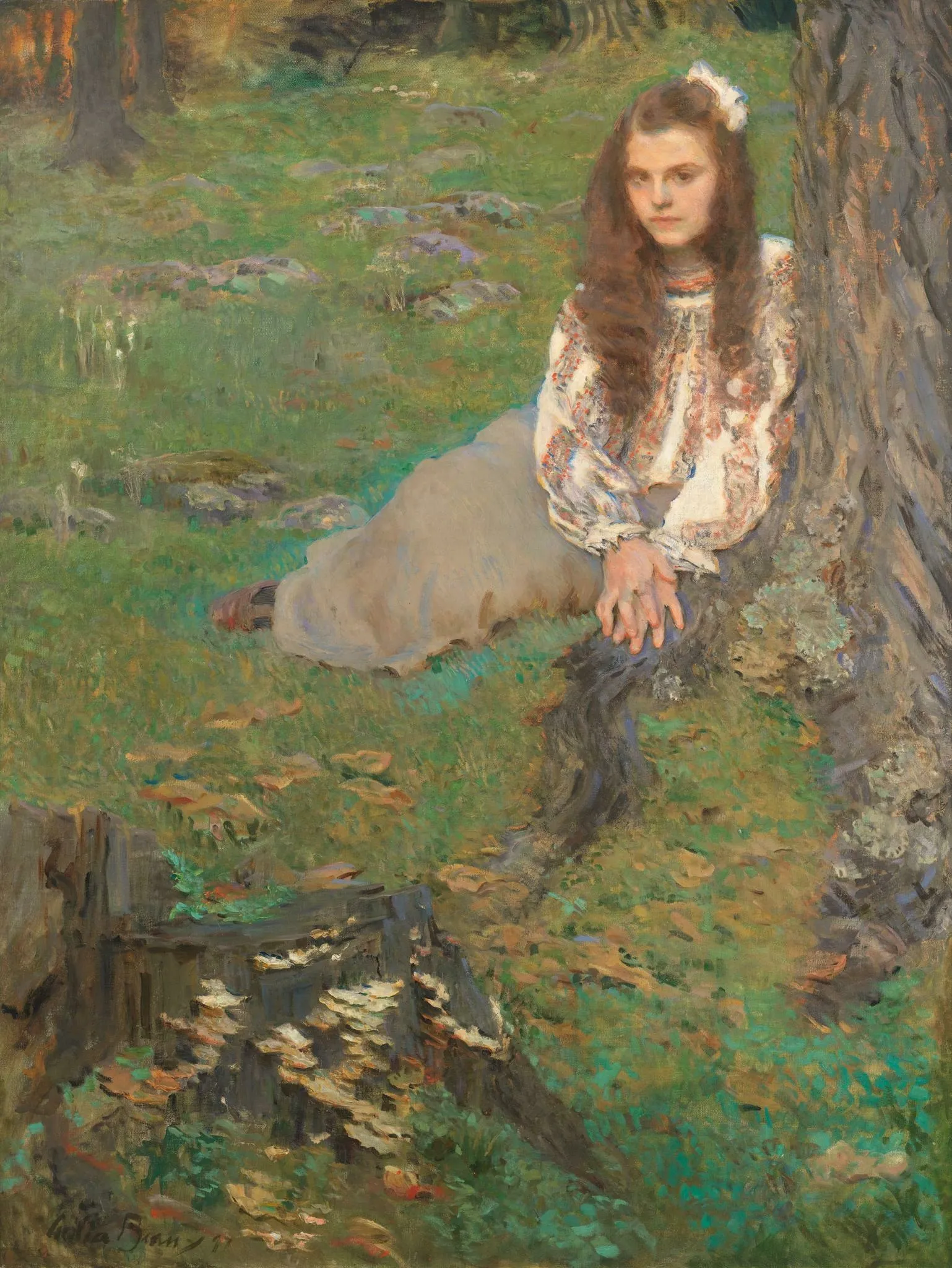Cecilia Beaux (1855-1942) è stata una pittrice Statunitense.
Ritrattista, fu un'esponente autorevole dell'impressionismo Americano.
Iniziò la sua attività artistica dipingendo su porcellana e producendo litografie e disegni.
Fu allieva di Catharine Ann Drinker
nel 1871, e dell'olandese Francis Adolf van der Wielen dal 1872-1873; si
iscrisse alla Pennsylvania Academy of the Fine Arts di Filadelfia dal
1877-1878 per studiare ancora con Camille Piton nel 1879 e con William
Sartain dal 1881-1883.

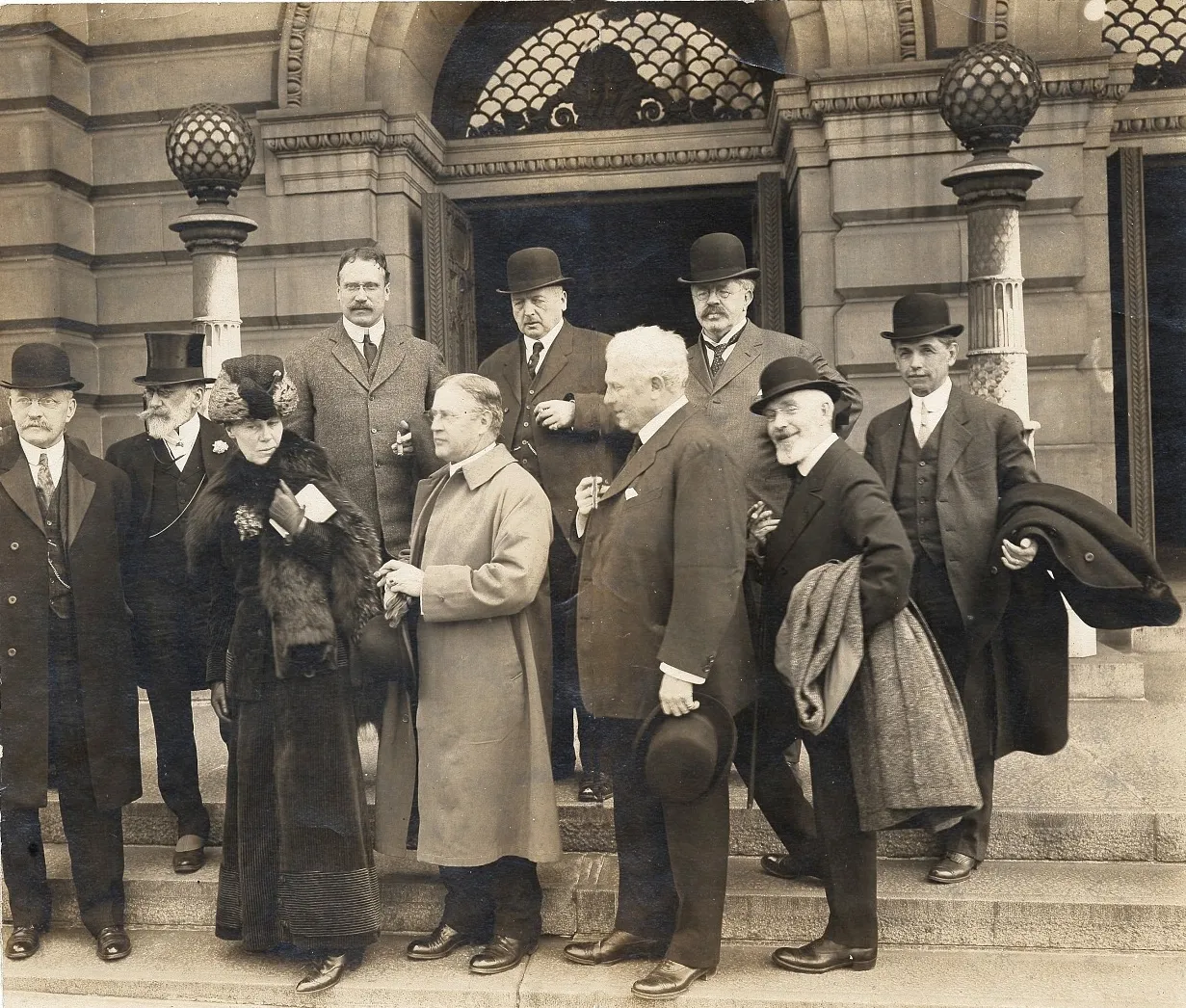
Carnegie
Institute Jury, 1899, Top row from left - Schofield, Anders Zorn,
Frank Duveneck. Bottom row - John Wesley Beatty, William Merritt Chase,
Cecilia Beaux, Edmund Tarbelle, Julian Alden Weir, Unknown Gentleman.
Il suo primo importante ritratto ad olio fu Last Days of Infancy, del 1885 (collezione privata).
Trasferitasi a Parigi, studiò ancora all'Académie Julian ed all'Académie Colorossi dal 1888-1889 con i pittori Tony Robert-Fleury ed William-Adolphe Bouguereau.
Lavorò anche a Concarneau, in
Bretagna, nel gruppo di artisti fondato da Alfred Guillou, e fece un
viaggio in Italia; nel 1890 presentò alcune tele all'Esposizione di
Parigi.
Tornata a Filadelfia, ottenne nel 1893 la medaglia d'oro del Philadelphia Art Club, il premio
Dodge della New York National Academy ed altri riconoscimenti; nel 1902
divenne membro della National Academy of Design di New York.
Fu la prima donna ad essere chiamata ad insegnare nell'Accademy of Fine Arts della Pennsylvania dal 1895-1915.
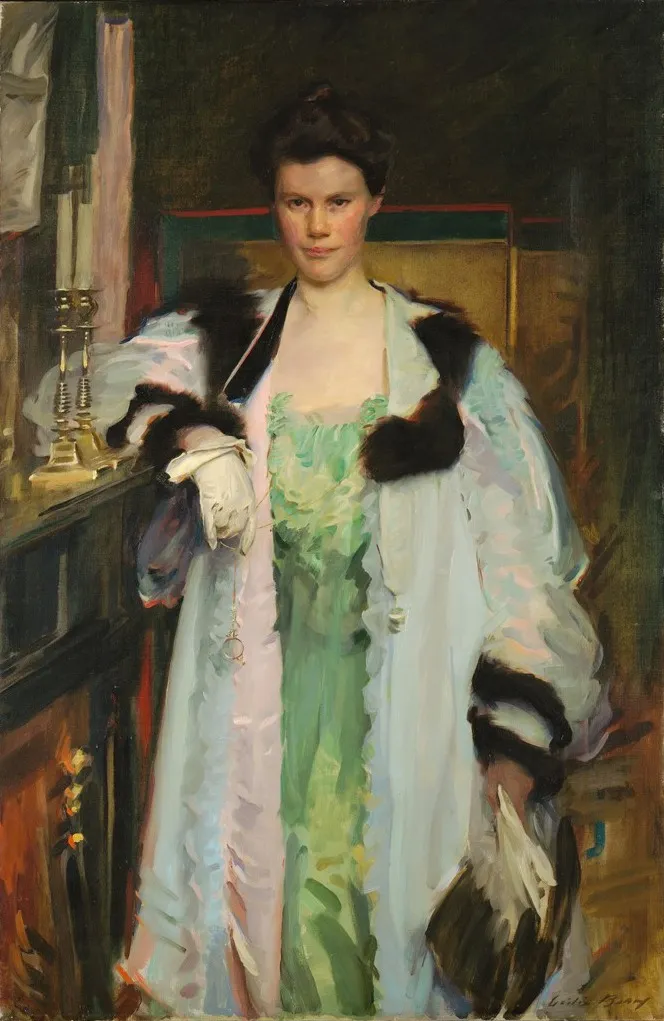
Nel 1919 la Beaux ricevette dalla U.
S. War Portraits Commission l'incarico di illustrare vari protagonisti
della Prima Guerra Mondiale, fra i quali Georges Clemenceau, Henry James
e l'ammiraglio sir David Beatty.
Ritrasse anche Edith Roosevelt nel quadro Edith Roosevelt con la figlia.
Tra i suoi migliori dipinti si possono
annoverare Dorothea e Francesca, ed Ernesta e la nurse, opera in cui
ella mostra la sua felice disposizione per il ritratto infantile, nello
stile di John Singer Sargent.
La qualità della sua pittura e la scelta dei soggetti è anche stata avvicinata a quella di Mary Cassatt.
Smise di dipingere verso il 1930 e nel
1935 le venne dedicata una grande retrospettiva dall'American Academy
of Arts and Letters.
Cecilia Beaux morì ottantasettenne a Green Alley, presso Gloucester nel 1942, e venne sepolta a Bala Cynwyd (Pennsylvania). | Fonte: © Wikipedia
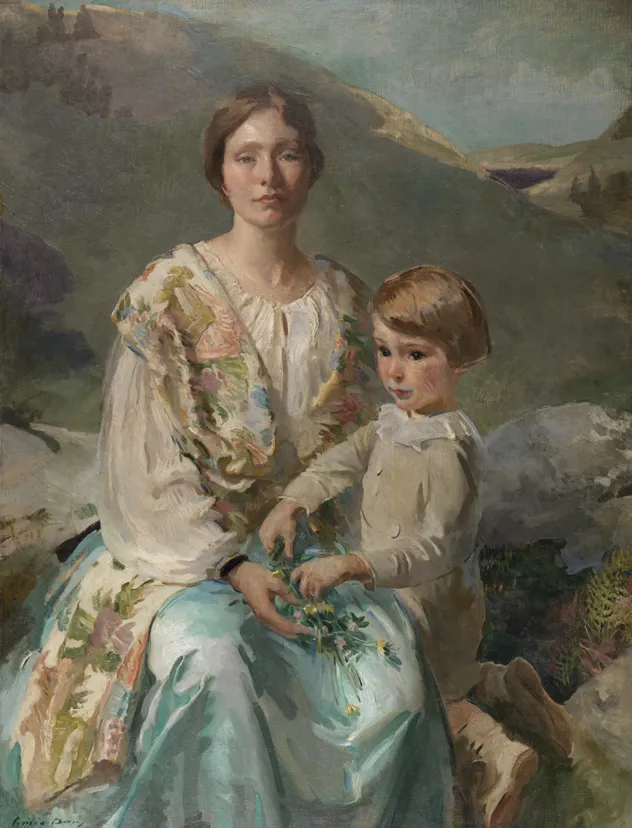
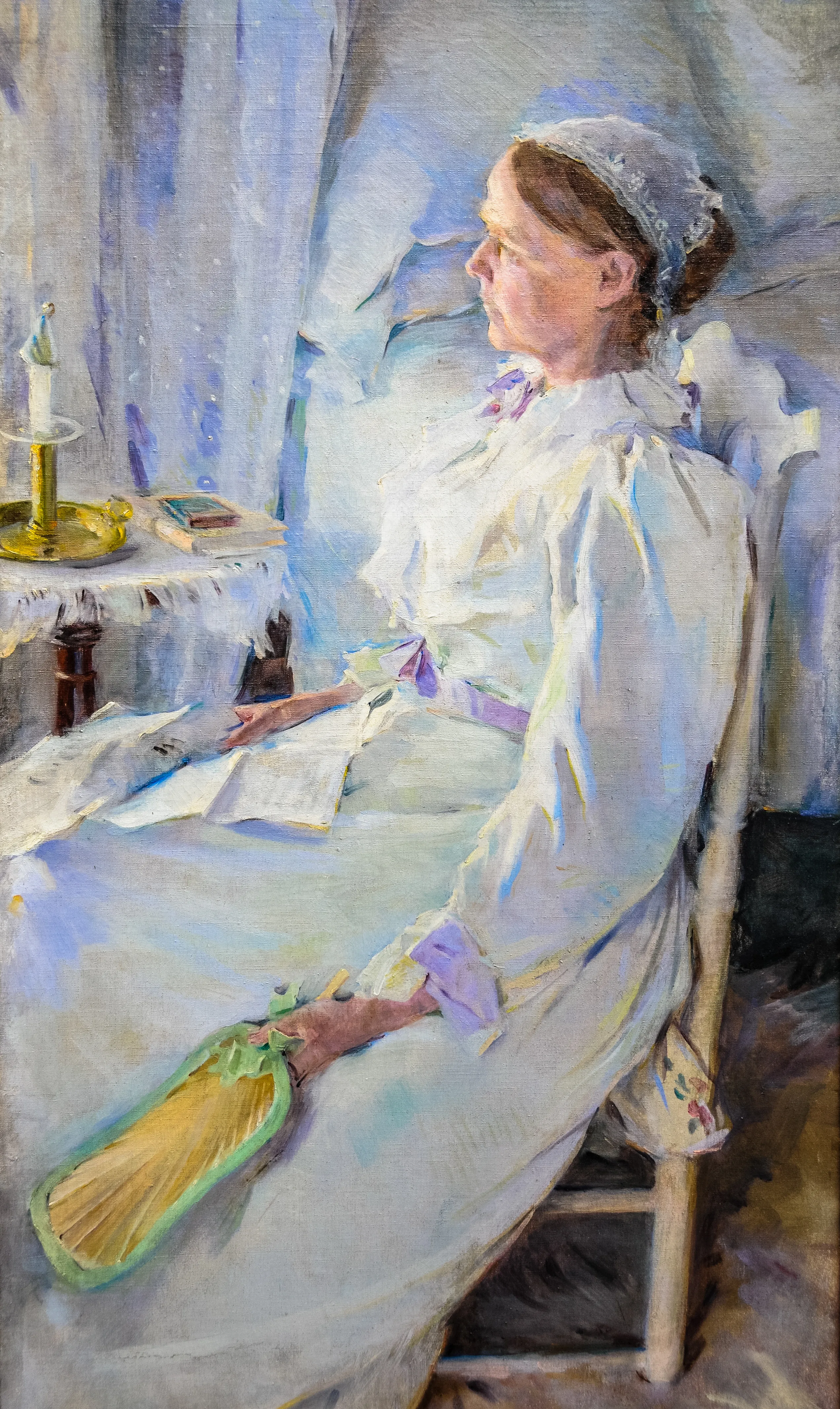



Cecilia Beaux | Self-portrait, 1894
From: National Museum of Women in the Arts, Washington, DC
Born to Cecilia Kent Leavitt and
Jean-Adolphe Beaux, the artist’s early life was shaped by her mother’s
death, just 12 days after her birth.
Beaux’s father returned to France, leaving Beaux and her older sister, Aimée, to be raised by relatives.
Beaux’s early interest in art was encouraged at home and school.
By age 18, Beaux was earning her
living through commercial art, making lithographs and painting on china
while studying in Philadelphia.
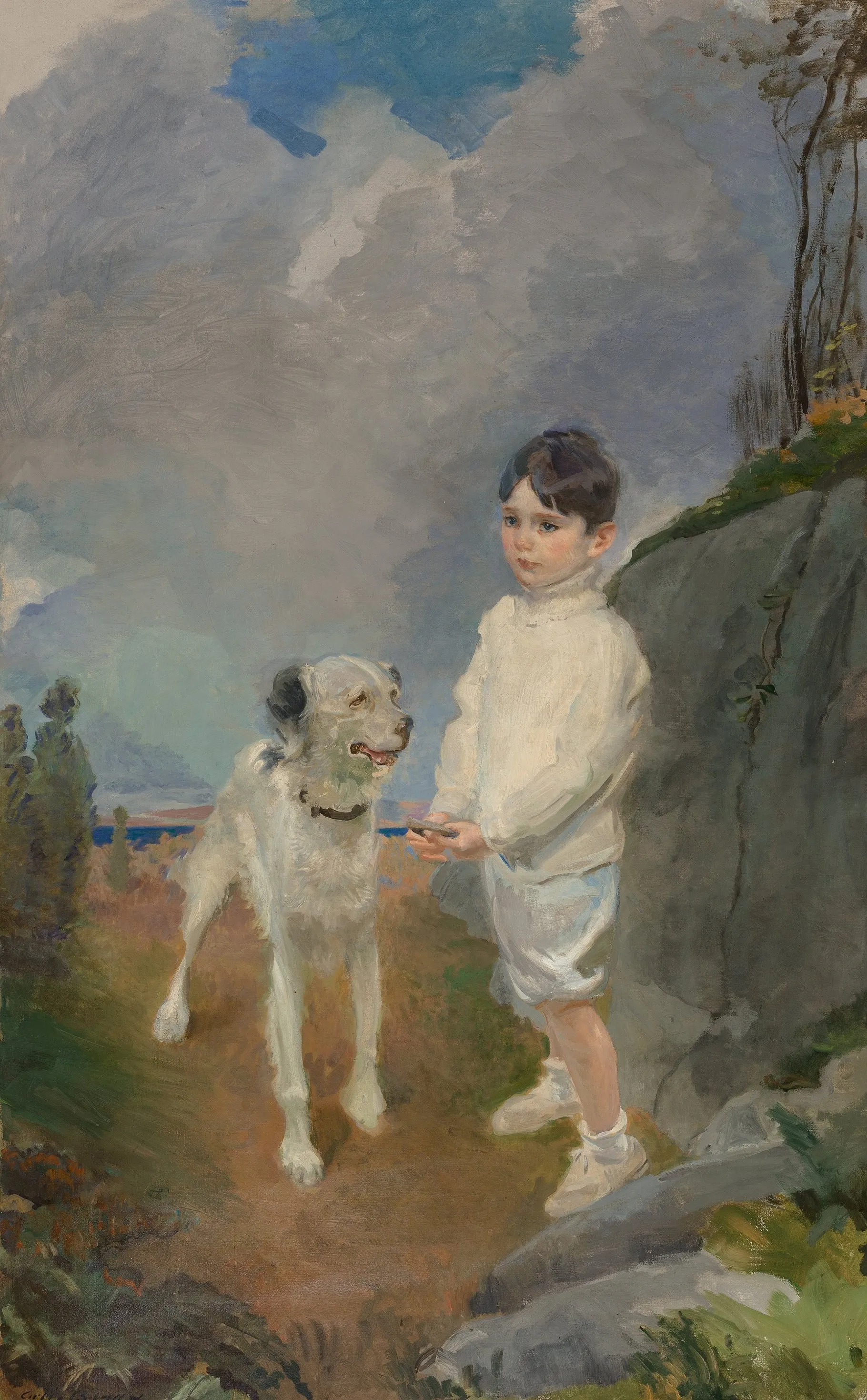
She completed her first medal-winning portrait in 1884.
In 1888, after rejecting several
marriage proposals, Beaux decided to devote herself to portraiture and
studied in Europe for 19 months.
Back in Philadelphia, Beaux painted prominent writers, politicians, and other artists.
For many years, she taught at the
Pennsylvania Academy of the Fine Arts. Beaux’s pictures were widely
exhibited in the United States, as well as in Paris and London.
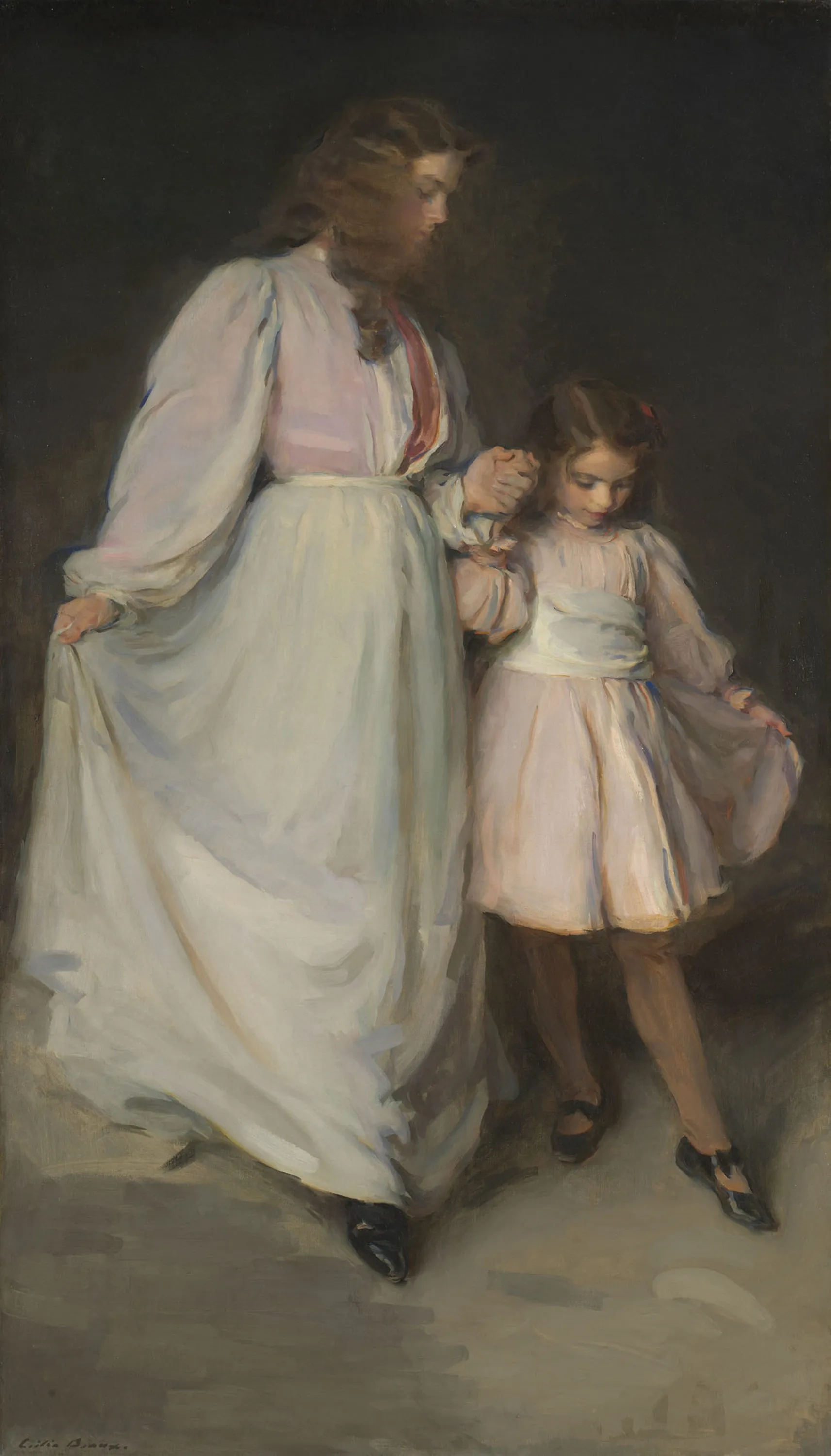
She moved to New York in 1898 and also
built a summer house in Gloucester, Massachusetts, which became a
popular stopping point for her distinguished clientele.
Her reputation hit its peak during the 1930s when she received several major awards, including the Gold Medal at Exposition Universelle, Paris, in 1900; had two retrospective exhibitions; and published her autobiography.
In 1933, First Lady Eleanor Roosevelt presented Beaux with the Chi Omega fraternity’s gold medal, for “the American woman who had made the greatest contribution to the culture of the world".
